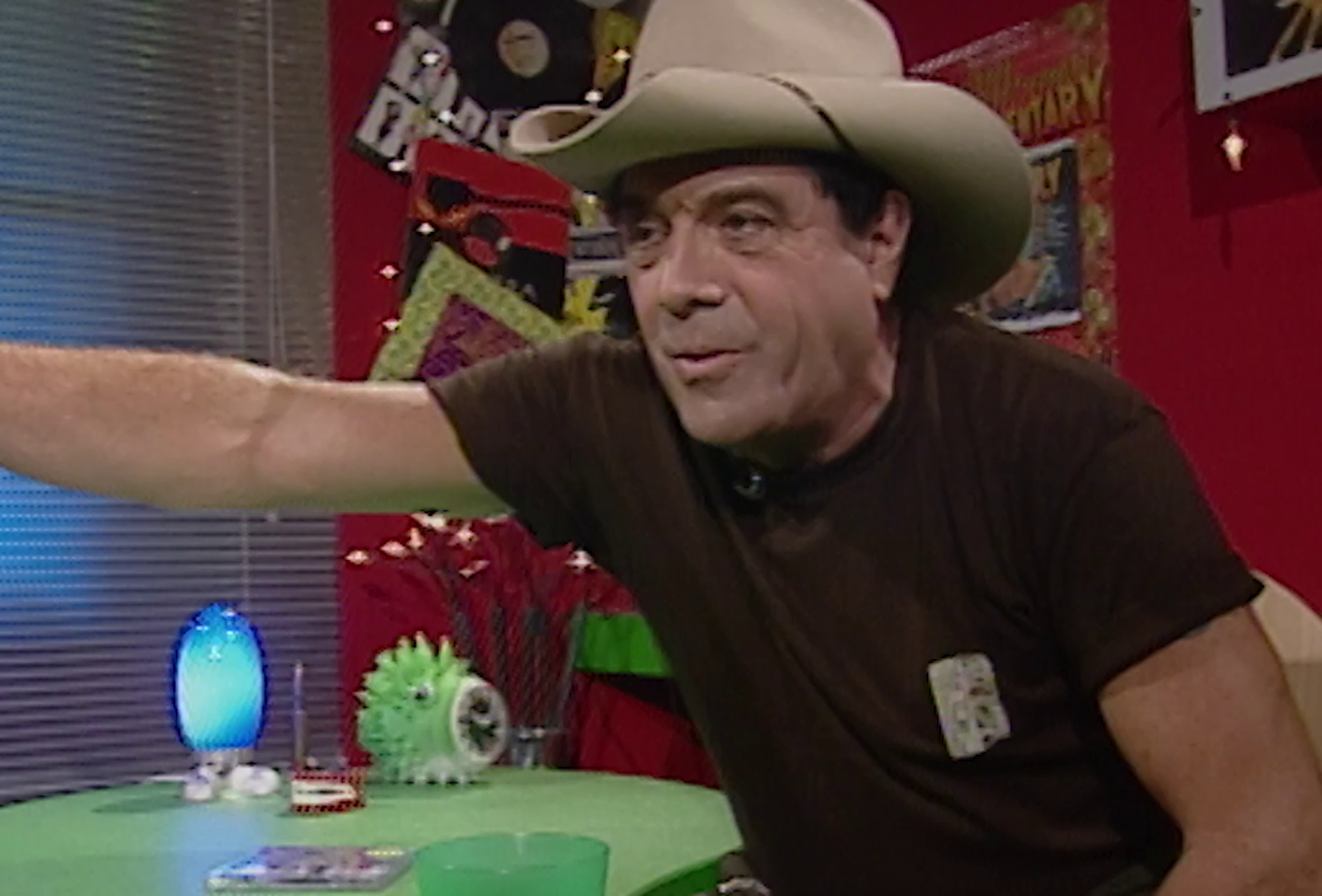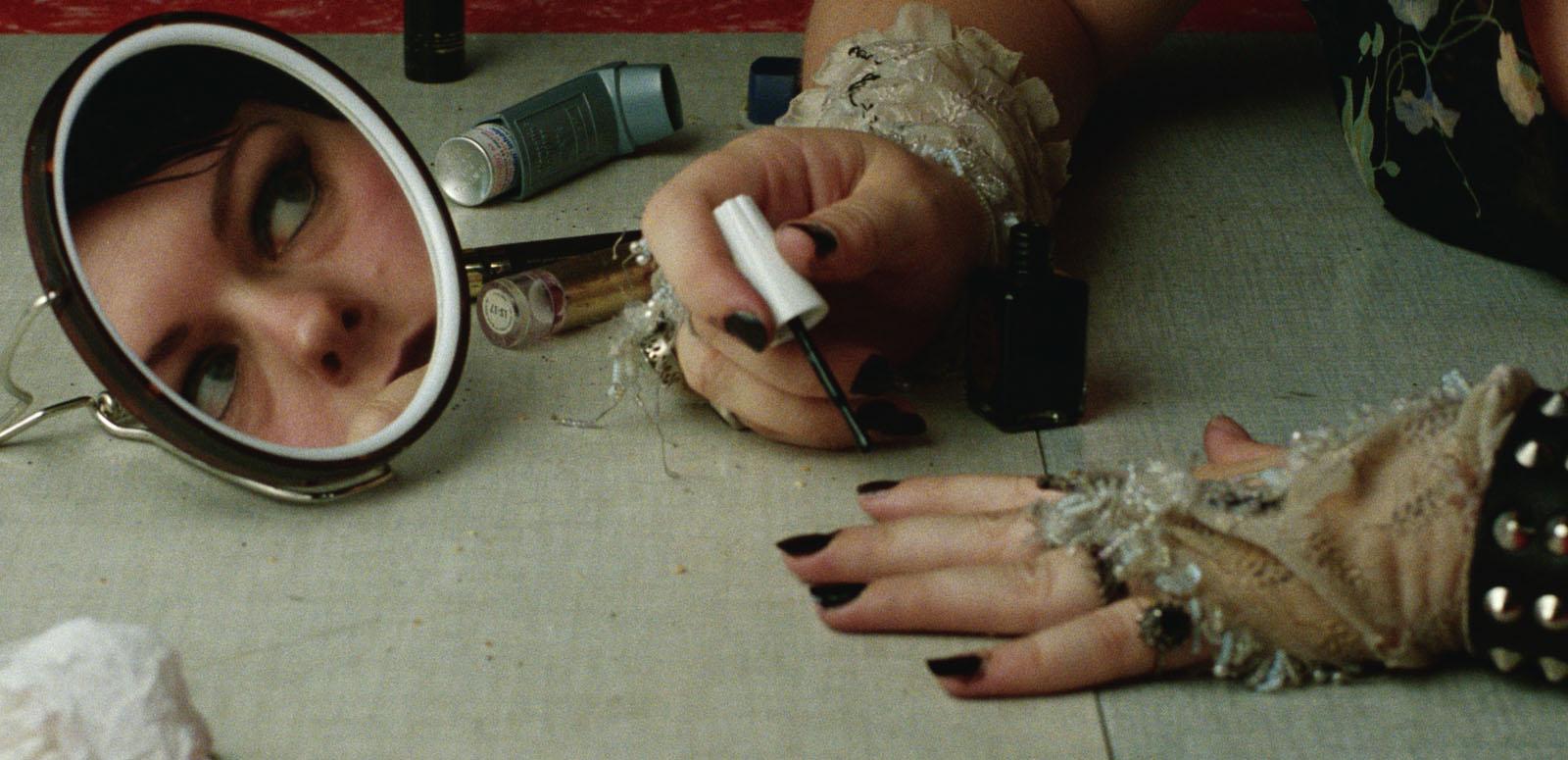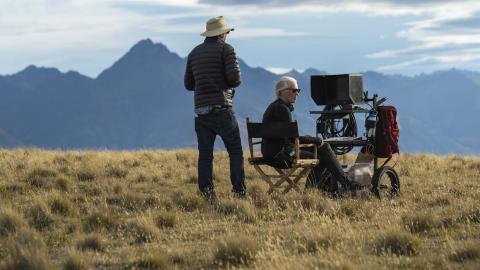There are some films that really get to you – or more precisely, films that really get you. Over the past nine months I’ve assisted with the NFSA restoration of Sweetie, and watching the film over and over (sometimes in frame-by-frame sections) has felt not unlike spending time with a difficult family member: someone you adore, but in a complicated way – someone who sometimes hurts your feelings, someone who is reflecting something a bit too true back at you.




